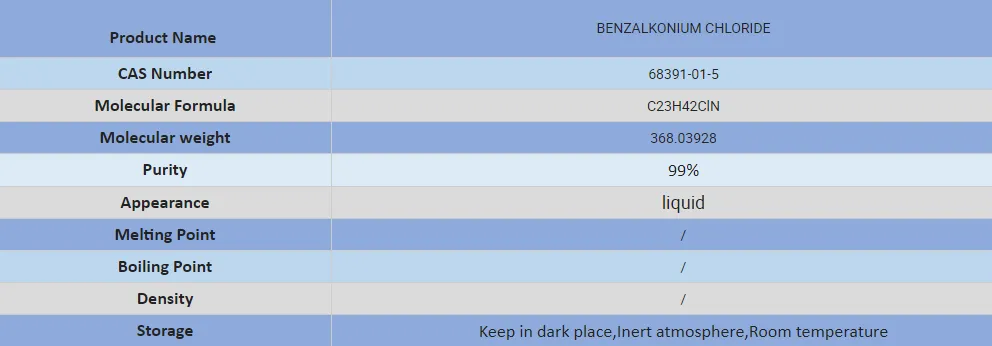Warning: Undefined array key "title" in /home/www/wwwroot/HTML/www.exportstart.com/wp-content/themes/1198/header.php on line 6
Warning: Undefined array key "file" in /home/www/wwwroot/HTML/www.exportstart.com/wp-content/themes/1198/header.php on line 7
Warning: Undefined array key "title" in /home/www/wwwroot/HTML/www.exportstart.com/wp-content/themes/1198/header.php on line 7
Warning: Undefined array key "title" in /home/www/wwwroot/HTML/www.exportstart.com/wp-content/themes/1198/header.php on line 7
- Afrikaans
- Albanian
- Amharic
- Arabic
- Armenian
- Azerbaijani
- Basque
- Belarusian
- Bengali
- Bosnian
- Bulgarian
- Catalan
- Cebuano
- China
- China (Taiwan)
- Corsican
- Croatian
- Czech
- Danish
- Dutch
- English
- Esperanto
- Estonian
- Finnish
- French
- Frisian
- Galician
- Georgian
- German
- Greek
- Gujarati
- Haitian Creole
- hausa
- hawaiian
- Hebrew
- Hindi
- Miao
- Hungarian
- Icelandic
- igbo
- Indonesian
- irish
- Italian
- Japanese
- Javanese
- Kannada
- kazakh
- Khmer
- Rwandese
- Korean
- Kurdish
- Kyrgyz
- Lao
- Latin
- Latvian
- Lithuanian
- Luxembourgish
- Macedonian
- Malgashi
- Malay
- Malayalam
- Maltese
- Maori
- Marathi
- Mongolian
- Myanmar
- Nepali
- Norwegian
- Norwegian
- Occitan
- Pashto
- Persian
- Polish
- Portuguese
- Punjabi
- Romanian
- Russian
- Samoan
- Scottish Gaelic
- Serbian
- Sesotho
- Shona
- Sindhi
- Sinhala
- Slovak
- Slovenian
- Somali
- Spanish
- Sundanese
- Swahili
- Swedish
- Tagalog
- Tajik
- Tamil
- Tatar
- Telugu
- Thai
- Turkish
- Turkmen
- Ukrainian
- Urdu
- Uighur
- Uzbek
- Vietnamese
- Welsh
- Bantu
- Yiddish
- Yoruba
- Zulu
Dec . 05, 2024 04:43 Back to list
Aspartame Regulations and Usage Trends in Europe 2023 Insights and Developments
Aspartame in Europe An Overview
Aspartame, a widely used artificial sweetener, has been the subject of intense scrutiny and debate in Europe and around the world since it was first approved for use in the 1980s. Composed of two amino acids—phenylalanine and aspartic acid—plus a small amount of methanol, aspartame is approximately 200 times sweeter than sugar, making it a popular choice in low-calorie foods and beverages. Despite its widespread usage, concerns about its safety have led to ongoing discussions within the European Union (EU) and beyond.
Regulatory Landscape
In Europe, the safety of aspartame is overseen by the European Food Safety Authority (EFSA), which conducts rigorous evaluations of food additives. In 2013, the EFSA released a comprehensive review of aspartame, concluding that it is safe for consumption at current levels in food and beverages. This assessment, based on more than 100 studies, reaffirmed that aspartame does not pose a health risk for adults or children, except for individuals with phenylketonuria (PKU), a rare genetic disorder that prevents the metabolism of phenylalanine. As a result, products containing aspartame are required to carry warning labels for this population.
Public Perception and Controversies
Despite its regulatory approval, public perception of aspartame remains divided. Some studies and media reports have fueled fears regarding potential links between aspartame and health issues, including cancer and neurological disorders. However, extensive research and comprehensive reviews by regulatory authorities, including the EFSA and the World Health Organization (WHO), have consistently concluded that aspartame does not increase the risk of such diseases when consumed within established safety guidelines.
In response to public concerns, European health agencies emphasize the importance of evidence-based information. They advocate for transparent communication regarding the safety of food additives and encourage consumers to make informed choices based on scientific findings. This approach aims to counteract misinformation and anxiety surrounding artificial sweeteners.
Market Trends and Consumer Choices
aspartame europe

In recent years, the market for sugar substitutes has evolved significantly, with consumers becoming increasingly health-conscious. The demand for low-calorie and no-sugar-added products has risen, prompting manufacturers to seek alternative sweeteners. While aspartame continues to be a popular choice, other sweeteners like stevia, sucralose, and monk fruit extract have also gained traction in Europe.
Health trends are directly influencing consumer behavior. Many individuals are turning to natural sweeteners over artificial ones, driven by perceptions that natural products are healthier. This shift has prompted some companies to reformulate their products, either omitting aspartame or positioning natural sweeteners more prominently on labels.
The Future Outlook
As the debate surrounding aspartame continues, regulatory bodies are committed to ongoing research and monitoring of food additives. As new studies emerge, the EFSA may re-evaluate the safety and acceptable daily intake levels of aspartame. The potential impact of changes in consumer preferences also plays a crucial role in shaping the future of aspartame in the European market.
The balance between consumer safety, regulatory oversight, and market dynamics will likely dictate aspartame's place in the European food landscape. Ongoing education and transparent dialogue about the science behind food additives will be essential in maintaining consumer trust and ensuring informed decision-making.
Conclusion
Aspartame remains a significant topic in discussions about food safety and public health in Europe. While regulatory assessments support its safety within established guidelines, public concerns continue to influence consumer choices and market trends. As the landscape of food and beverage consumption evolves, ongoing research, education, and informed discussions will be vital to address the complexities surrounding aspartame and other artificial sweeteners. As consumers navigate their choices, a well-informed public will be crucial in shaping the dialogue around food additives and their role in a balanced diet.
Latest news
-
Certifications for Vegetarian and Xanthan Gum Vegetarian
NewsJun.17,2025
-
Sustainability Trends Reshaping the SLES N70 Market
NewsJun.17,2025
-
Propylene Glycol Use in Vaccines: Balancing Function and Perception
NewsJun.17,2025
-
Petroleum Jelly in Skincare: Balancing Benefits and Backlash
NewsJun.17,2025
-
Energy Price Volatility and Ripple Effect on Caprolactam Markets
NewsJun.17,2025
-
Spectroscopic Techniques for Adipic Acid Molecular Weight
NewsJun.17,2025

